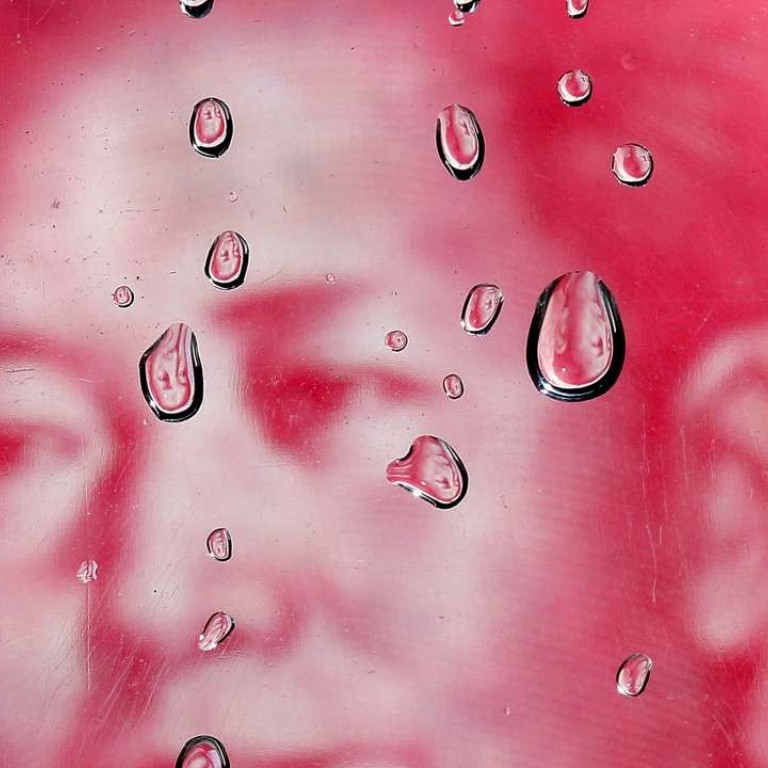
Chinese companies’ foreign exchange losses soared last year
Companies piled up foreign exchange losses after the yuan slid and pulled corporate profits down
China’s yuan is depreciating and brought huge volatility to weigh on companies’ books.
Firms reported increased foreign exchange losses during 2015 and analysts warn more risks lay ahead.
About 980 listed Chinese companies reported combined foreign-exchange losses of 48.7 billion yuan (HK$58.29 billion) for last year, almost 13 times higher than 2014, Bloomberg-compiled data shows.
Profits at those firms fell 11 per cent in 2015 to 789.2 billion yuan.
Analysts said Chinese companies had not well prepared for the devaluation of China’s currency in August. Many firms sought early redemption of their US dollar-denominated bonds. The cost of doing so was high and it became impossible to cover the overall exposure to foreign currencies.
Clement Wong, associate managing director with Moody’s Investors Service, said the yuan’s depreciation posed “real risks to companies, as translational and transactional risks are both rising.”
The translational risks are mainly caused by revaluation.
For example, companies exposed to US-denominated debts will report unrealized exchange losses. Those losses will be realised when the debts fall due.
Transactional risks are bigger for those Chinese firms that rely on imports for raw materials, Wong said.
“On the other hand, the depreciation of yuan will benefit those companies with large overseas investments or foreign currency revenue,” Wong said.
China’s yuan fell 4.5 per cent against the US dollar last year, the biggest drop since 1994. The decline swelled financing costs for Chinese companies — the biggest dollar borrowers in Asia.
The People’s bank of China said on April 1 that its three yuan indices depreciated slightly from the end of February. It cited a subdued global economic recovery and seasonal factors that led to relatively weak Chinese trade data in February. It also mentioned the dollar’s depreciation against other currencies and China’s rising inflation.
The country’s airline sector hurt most with a combined foreign-exchange loss of 17.9 billion yuan for 2015, compared with 951.7 million yuan a year earlier, Bloomberg data showed.
According to their annual reports, the big three state-owned airlines — China Southern Airlines Co, China Eastern Airlines Corp, and Air China Ltd — suffered 15.85 billion yuan in foreign-exchange currency losses.
The energy and mining sectors also suffered, with foreign-exchange losses of 5.5 billion yuan and 3.9 billion yuan respectively in 2015, the data showed.
State-owned oil refiner China Petroleum & Chemical Corp, known as Sinopec, reported 3.9 billion yuan in net currency losses, up from 179 million yuan in 2014.
Chinese companies have become increasingly aware of exchange-rate risk. Bloomberg’s data showed
they redeemed US$2.24 billion of overseas notes before maturity this year, up from US$925.8 million a year earlier.
An early pay back is not without risks.
Iris Pang, senior economist with Natixis, said some companies redeemed their borrowings at the most expensive exchange rate in January. They had expected the yuan’s depreciation against the dollar to continue into this year.
The yuan rallied from January into February. The onshore yuan traded at 6.4822 against the dollar at 6.40 pm, Wednesday.
Analysts widely believe the yuan will fall further in the near future.
“Though the onshore yuan is trading against the US dollar at 6.45 to 6.50, we should be aware that there is still chance for the US Fed to raise interest rate in June,” Pang said. “I cannot think of any fundamentals to support yuan at that level.”
The US Fed is America’s Federal Reserve, its central bank.

